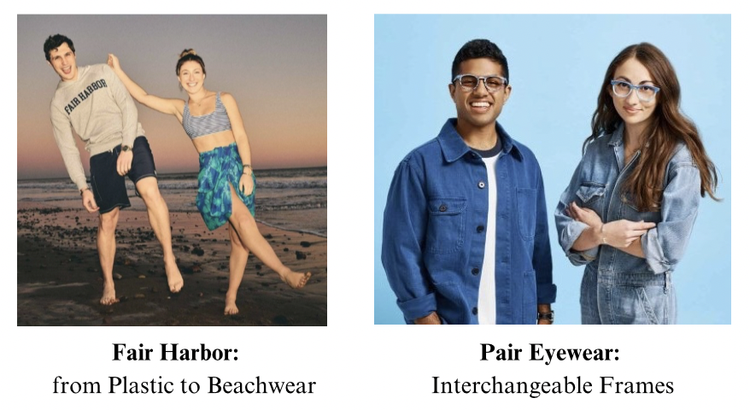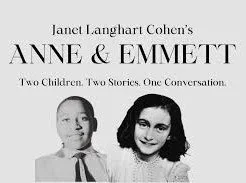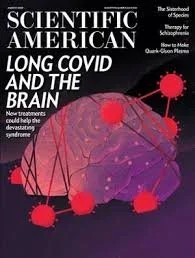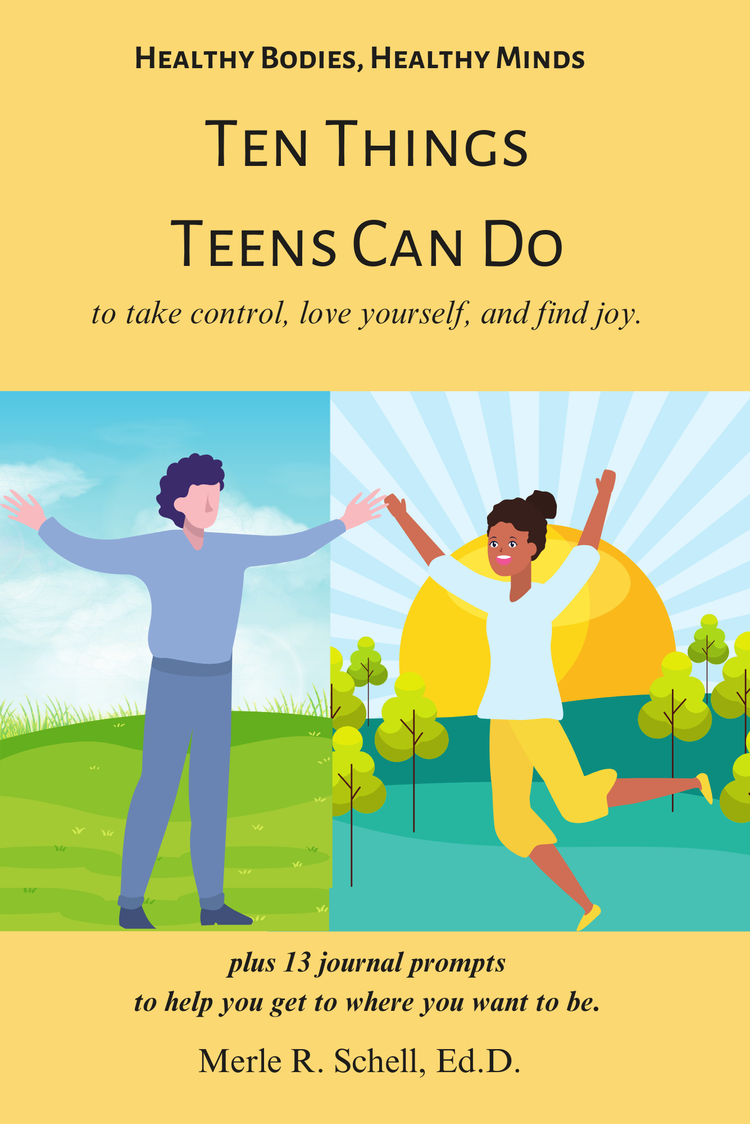EDU Trending: School Choice. Whose Choice Is It?
What has been a long-standing trend is now approaching reality in 11 states: The passage or consideration of state laws that will siphon money earmarked for public schools and divert it to private schools under programs that sound benign and even righteous, such as Universal Education, Education Scholarship Accounts (ESA), Vouchers, and, of course, School Choice.
At the local level, PTO fund raisers and property taxes especially are prime sources of income for school districts. Regarding the latter, homes in upscale cities and towns tend to be valued higher and so generate more income from property assessments than homes in less affluent communities.
The bottom line is this: The diversion of public funds under so-called “School Choice” laws, will diminish services to all public schools and will especially impact the poorest districts and the poorest students.
This is the new reality. At least in 11 states. I am one of many who have railed against the states that drain public school money to fund private schools. I believe such schools are antithetical to the meaning and intent of public education. I also recognize that education is the purview of states.
Therefore, if state legislators who voted to privatize education are honoring the will of the people, they are functioning as a democracy. If, however, elected officials are ignoring or compromising their mandate, people should vote them out. That is democracy in action.
Day to day, what can ordinary citizens do? Take back control and define school choice as we the people want it to be for our own children, in our own hometowns and in our respective states. How do we do this? By being proactive. With our commitment, our time, and our vote. At the local level, citizens and leaders should form a committee specifically to pursue grants for district schools. Being involved is quintessentially democracy in action. It is empowering.
There may be a time when each of our 50 states has a different approach to education and its funding. If they reflect the people’s choice, our democracy will be working. It will be akin to Canada’s approach where each province has jurisdiction over educational policy, pedagogy, and curriculum.
We live in a complex world. Democracy is fragile, but always evolving. If we choose to protect it and take part in the process, we and our children will be okay.
News for Your Views: The Choice Is Yours
If you have comments to share about this month’s articles, please email me: merle@merleschell.com Include Unpacking Education in the subject box. Thanks, and enjoy this month’s spectrum of ideas.
Q. When should you be an entrepreneur and start your own business?
Anne & Emmett: A conversation in memory. Two innocent victims of hatred show:
“Different oppressed groups have more in common than not. ‘It’s important to support one
another, no matter what…’” Watch Janet Langhart Cohen’s beautiful, brilliant, and hopeful one-act
play. It is more important and timely today than when it was written in 2009.
AI email boost: Study Motivator, Emotional Booster, and Friend. In one app?
Question of the Day: The Biology of Anxiety
There are legitimate concerns about how to keep AI under control. There is also much to celebrate. Using good AI, a member of which generation invented an app to detect the source of anxiety in teens?
Boomers
Gen X
Millennials
Gen Z
Gen Alpha
For the correct answer, go to www.merleschell.com/blog/good-ai-assistive-innovation/
From Me to You: Some Good Things Take a Long Time
Learning the algorithms necessary for publication is hard. We are working on it, and will update you on our progress and publication date for:






